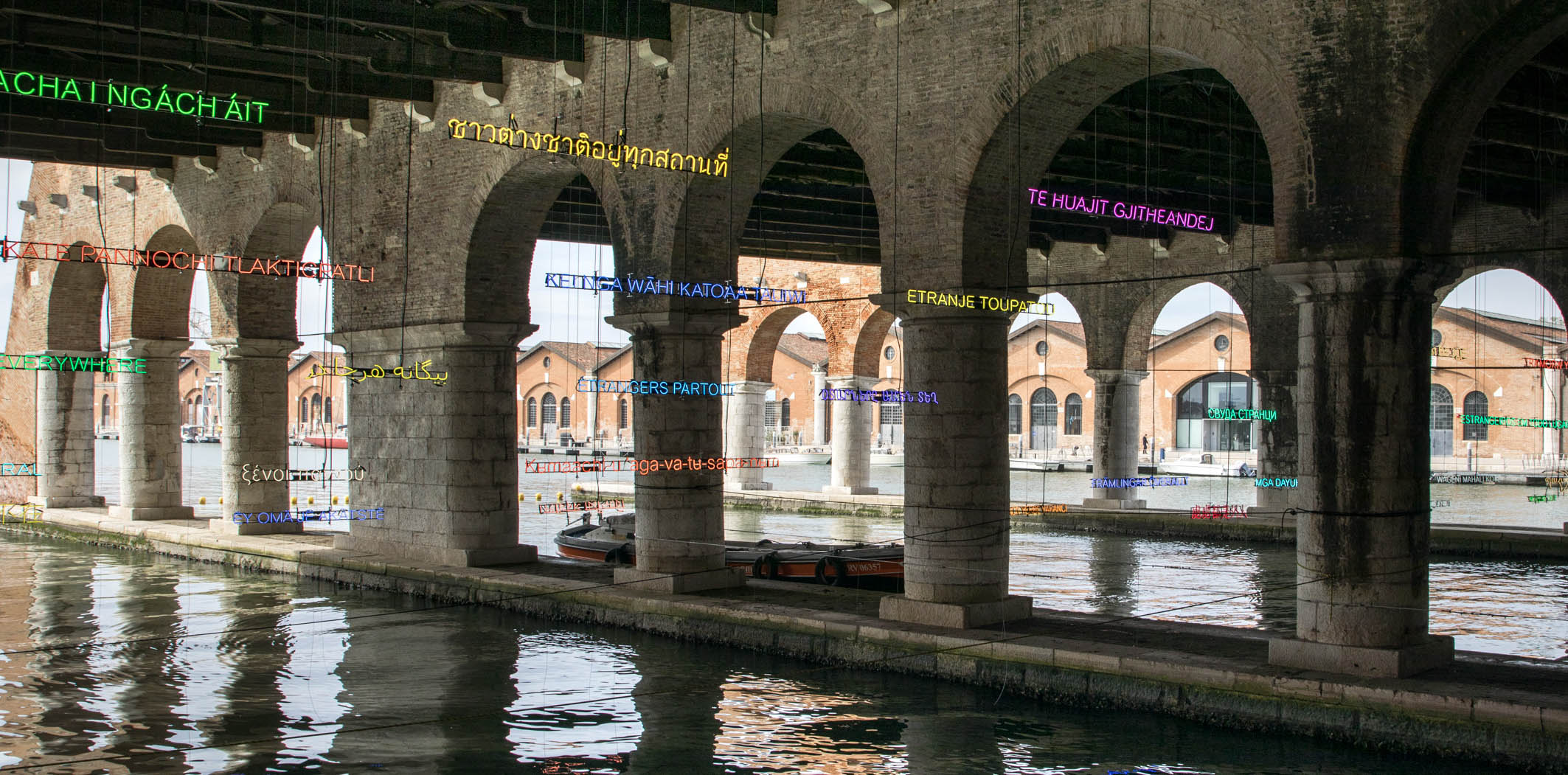The 60th International Art Exhibition, titled Stranieri Ovunque – Foreigners Everywhere, will open to the public from Saturday April 20 to Sunday November 24, 2024, at the Giardini and the Arsenale; curated by Adriano Pedrosa and organised by La Biennale di Venezia. The pre-opening will take place on April 17, 18 and 19; the awards ceremony and inauguration will be held on 20 April 2024.
The International Exhibition of the Curator
The title of the 60th Exhibition is drawn from a series of works started in 2004 by the collective Claire Fontaine: neon sculptures in different colours that render in a growing number of languages the words “Foreigners Everywhere”. The phrase comes, in turn, from the name of a Turin collective that fought racism and xenophobia in Italy: Stranieri Ovunque.
The backdrop for the work is a world rife with multifarious crises concerning the movement and existence of people across countries, nations, territories and borders, which reflect the perils and pitfalls of language, translation, nationality, expressing differences and disparities conditioned by identity, nationality, race, gender, sexuality, freedom, and wealth. In this panorama, the expression Foreigners Everywhere has several meanings. First of all, that wherever you go and wherever you are you will always encounter foreigners—they/we are everywhere. Secondly, that no matter where you find yourself, you are always truly, and deep down inside, a foreigner.
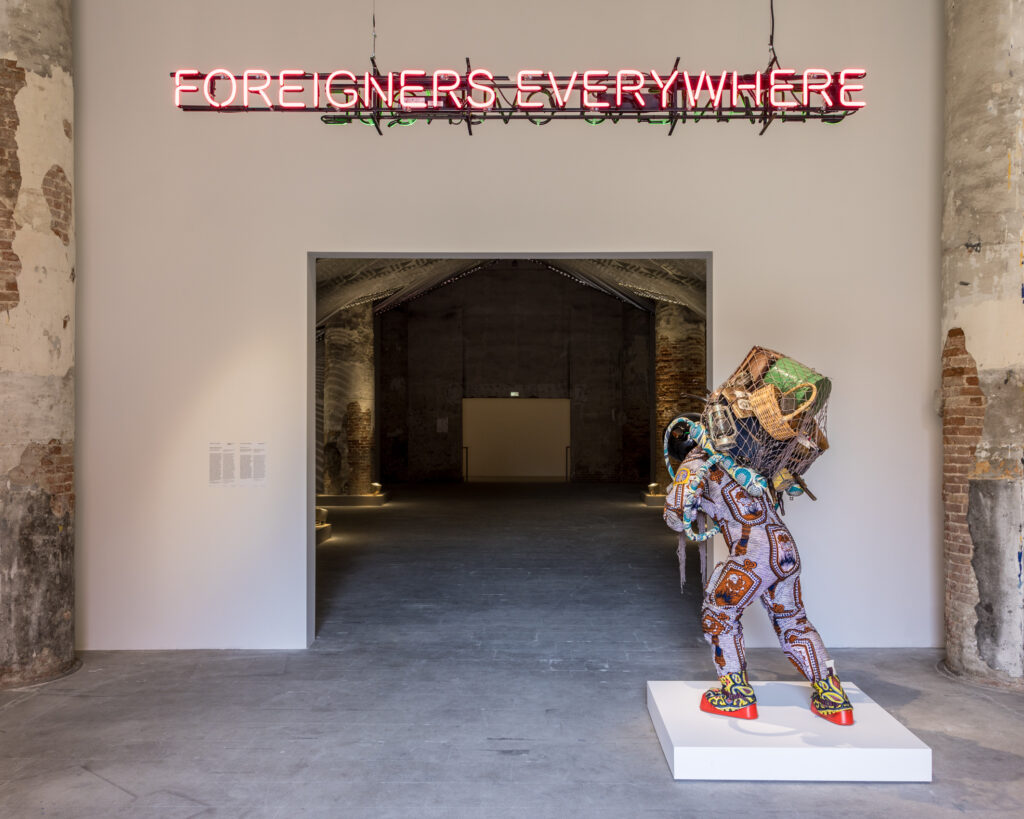
The Exhibition presents 331 artists and collectives who have lived or currently live in and among 80 countries, including Hong Kong, Palestine, and Puerto Rico, reflecting how artists have always traveled and moved for a wide variety of reasons. The main focus of the Biennale Arte 2024 is therefore on those artists who are foreigners, immigrants, expatriates, diasporans, exiles or refugees, particularly those who move between the Global South and Global North.
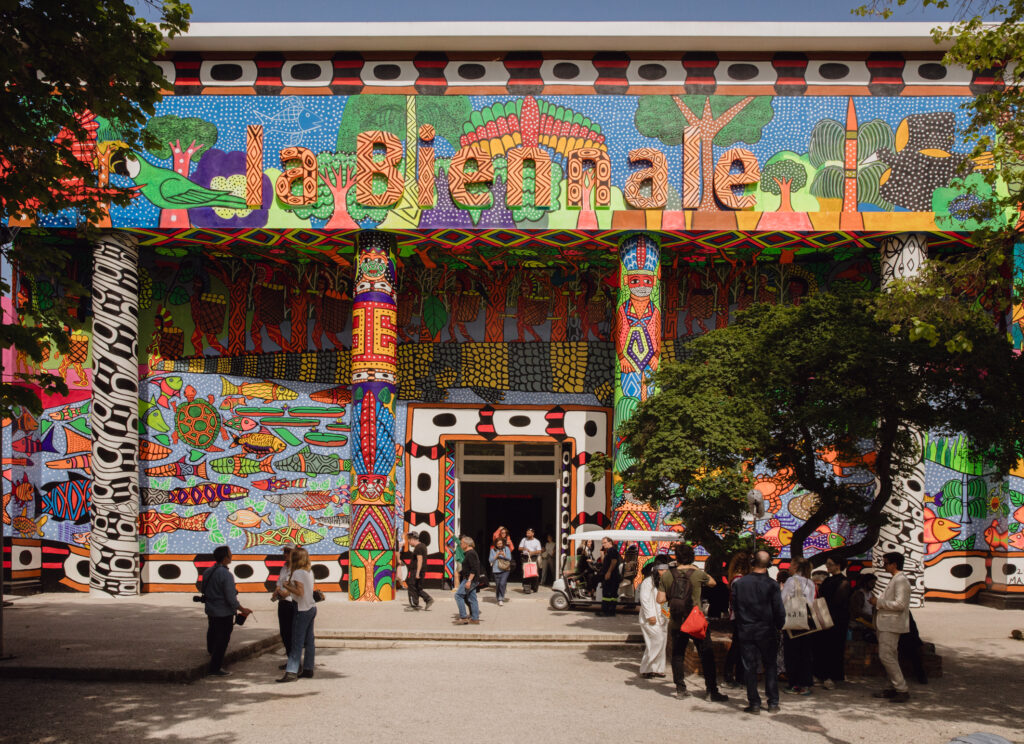
The Italian straniero, the Portuguese estrangeiro, the French étranger, and the Spanish extranjero, are all etymologically connected to the strano, the estranho, the étrange, the extraño, respectively, which is precisely the stranger. The first meaning of the word “queer” is precisely “strange”, and thus the Exhibition unfolds and focuses on the production of other related subjects: the queer artist, who has moved within different sexualities and genders, often being persecuted or outlawed; the outsider artist, who is located at the margins of the art world, much like the self- taught artist, the folk artist and the artista popular; the indigenous artist, frequently treated as a foreigner in his or her own land. The productions of these four subjects are the interest of this Biennale, constituting the Nucleo Contemporaneo.

Two elements have emerged in the research and recur throughout the International Exhibition: The first one is textiles, which have been explored by many artists in the show in multiple ways. These works reveal an interest in craft, tradition, and the handmade, and in techniques that were at times considered other or foreign, outsider or strange in the larger field of fine arts. A second motif is the family of artists, many of them Indigenous, related by blood or marriage. Again tradition plays an important role here: the transmission of knowledge and practices from father or mother to son or daughter or among siblings, relatives and couples.
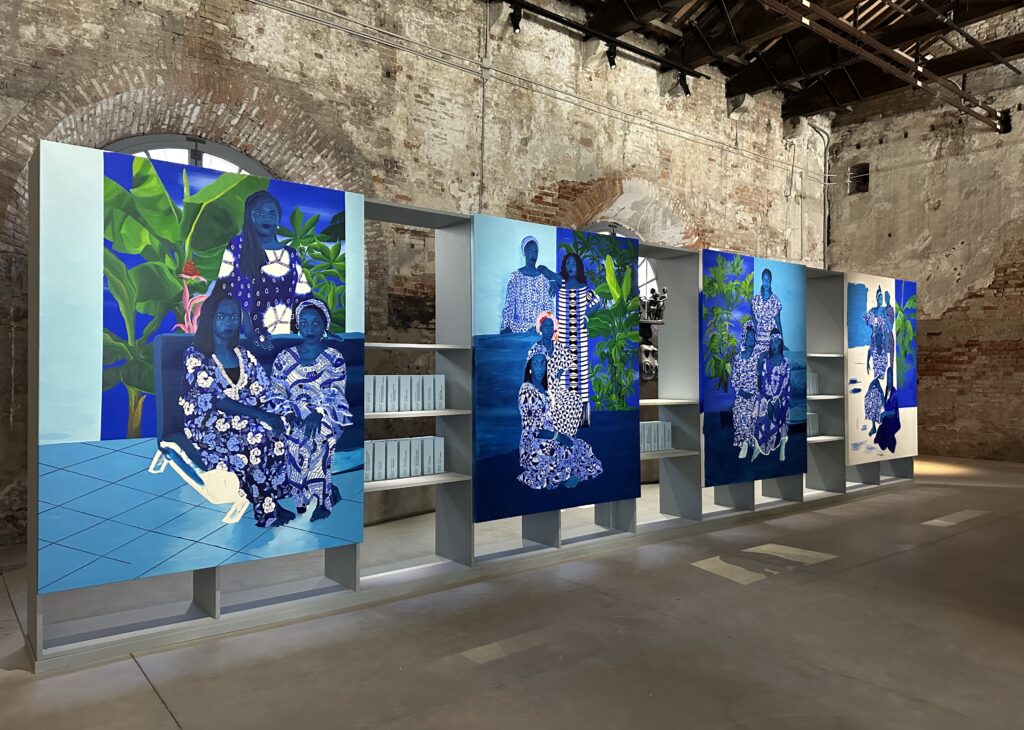
The International Exhibition will also feature a Nucleo Storico gathering works from 20th century Latin America, Africa, the Middle East and Asia. Much has been written about global modernisms and modernisms in the Global South, and a number of rooms will feature works from these territories, much like an essay, a draft, a speculative curatorial exercise that seeks to question the boundaries and definitions of modernism: Portraits and Abstractions in the Central Pavilion of the Giardini, and Italians Everywhere in the Corderie dell’Arsenale. We are all too familiar with the histories of modernism in Euroamerica, yet the modernisms in the Global South remain largely unknown. In this context, these stories take on real contemporary relevance: we urgently need to learn more about them and from them. Most of the artists from the Nucleo Storico are exhibited for the first time at the Biennale, and thus a historical debt to them is acknowledged.
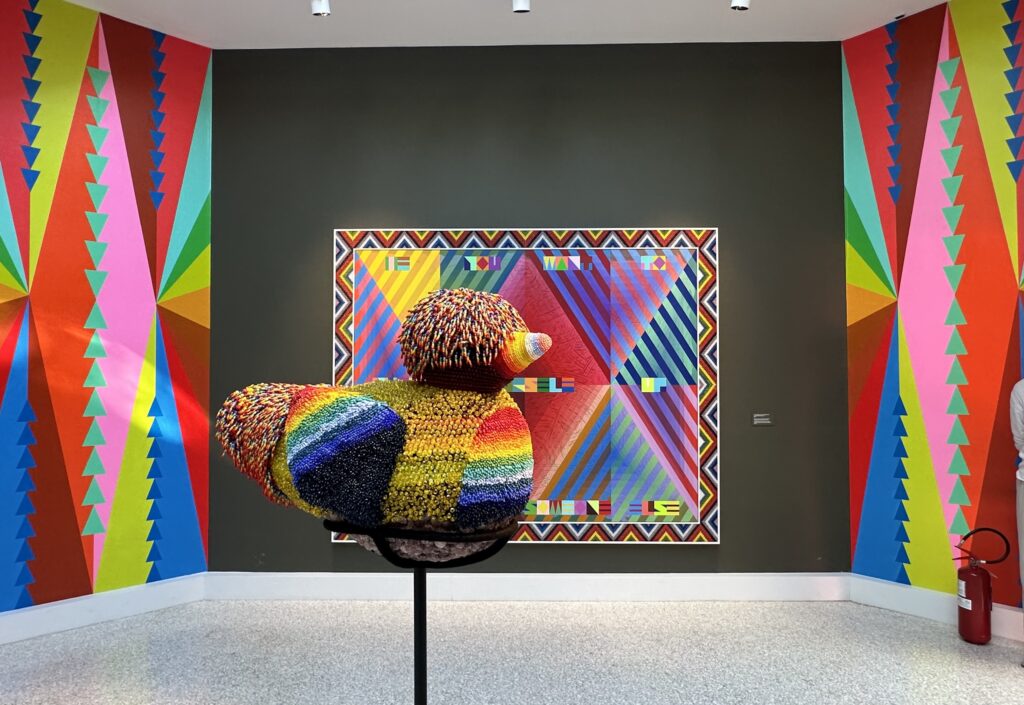
This 60th edition of the International Art Exhibition is all there in the title Stranieri Ovunque – Foreigners Everywhere. Two powerful and “scandalous” words – Bienniale President Pietrangelo Buttafuoco commented – that open up current scenarios and possible universes, on the horizon of which the curatorial line of thought is composed, sharp in the glance of distance, vibrant with complex contrasts when observed more closely. Adriano Pedrosa signs for La Biennale an Exhibition that reflects his personal attitude of study and research on which the prejudice of the already known does not weigh.
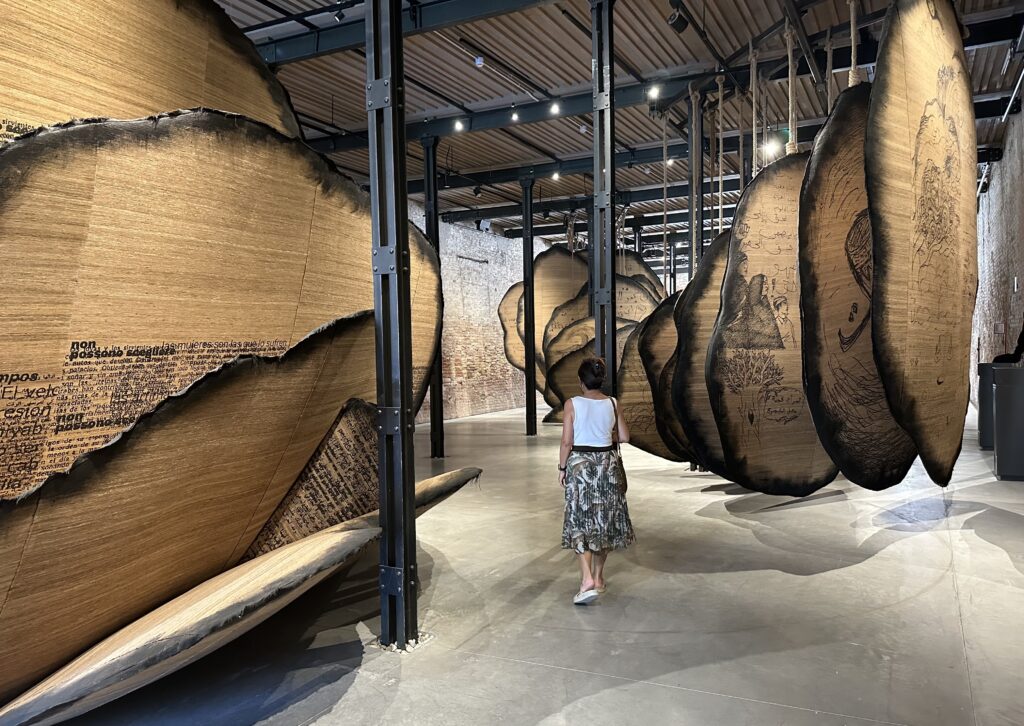
This Biennale Arte, then, hosts samples of marginalised, excluded, oppressed beauty, erased by the dominant matrices of geo-thinking. The interlacing themes of Pedrosa’s Exhibition – the different, the foreigner, the journey, integration – will reverberate nowhere better than in the calm and ever-renewed waters of the lagoon city. The city that as many as 129 years ago had the idea of staging the first International Art Exhibition thus renews its commitment to curiosity and the love of knowledge. That same impulse that drove Marco Polo – the 700th anniversary of whose death will be celebrated in this same 2024 – to meet and explore cultures seen as distant and threatening: finding acceptance, as a foreigner in those lands, by virtue of a sincere openness to human and equal exchange. Those were times when the Rialto market teemed with languages, ethnicities, styles and vitality. And many countries had Fondeghi – trade centres in modern terms – in Venice: Turks, Syrians, Germans… showcasing their goods and expertise. Biennale Arte – with its National Pavilions, artefacts, artists and visitors from all over the world – was already there in embryo. For Venice, in fact, diversity has stood from the outset as a basic condition of normality. A process of mirroring and confrontation with the Other, never perceived in terms of denial or rejection. A process of mirroring and confrontation with the Other, never perceived in terms of denial or rejection.
Pedrosa has been on an eleven month-long physical and mental journey, taking in Chile, Mexico, Argentina, Colombia, Puerto Rico, Guatemala, Kenya, Zimbabwe, Angola, South Africa, Singapore, Indonesia, the Middle East, before landing here in the lagoon to construct his own Fable of Venice, his Sirat al Bunduqiyyah. Venice is the only European city to have had, since 1000 AD, a name in Arabic. A constellation of meanings that functions as a fine counterpoint to the 60th International Art Exhibition. Bunduqiyyah: different, mestizo, mixture of peoples, foreigner.
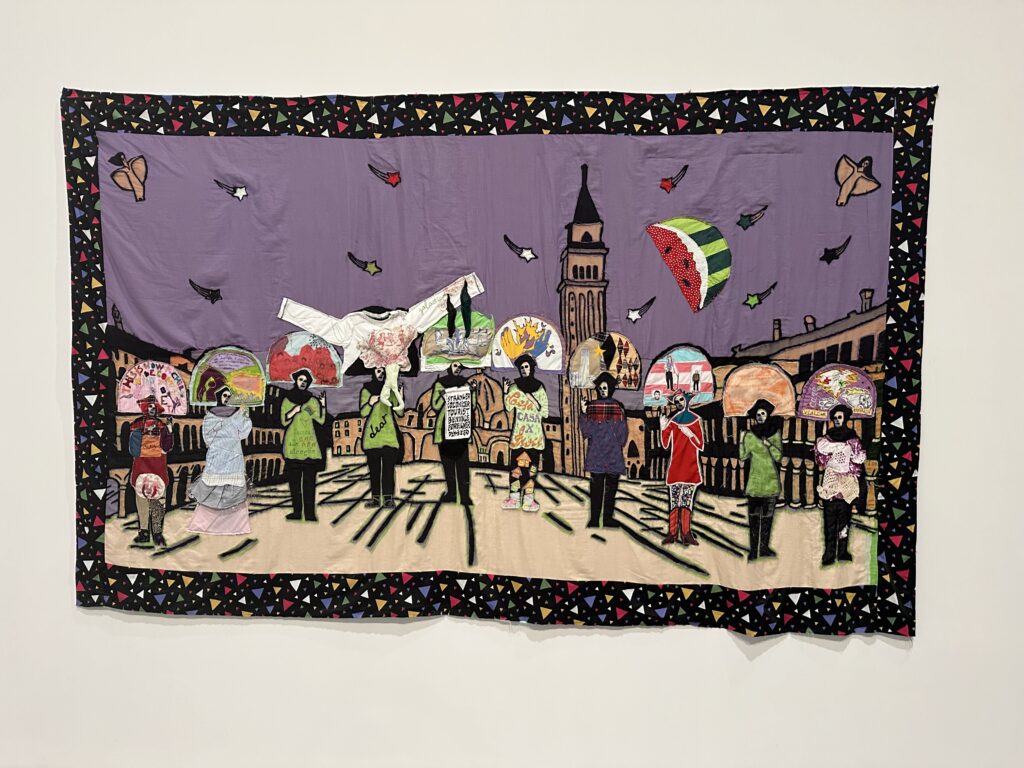
Paesi
The Exhibition will also include 87 National Participations in the historic Pavilions at the Giardini, at the Arsenale and in the city centre of Venice. 4 countries will be participating for the first time at the Biennale Arte: Republic of Benin, Ethiopia, Democratic Republic of Timor Leste, United Republic of Tanzania. Republic of Panama and Senegal participate for the first time with their own pavilion.
The Italian Pavilion at the Tese delle Vergini in the Arsenale, sponsored and promoted by the Directorate-General for Contemporary Creativity of the Ministry of Culture, is curated by Luca Cerizza. The project Due qui / To hear by the artist Massimo Bartolini includes contributions specifically created by musicians and writers.
The Holy See Pavilion, promoted by the Prefect of the Dicastery for Culture and Education of the Holy See, Cardinal José Tolentino de Mendonça, will take place this year in the women’s prison in Venice at the Giudecca island. The exhibition, entitled With my eyes, is curated by Chiara Parisi and Bruno Racine.
The City of Venice participates with its own pavilion, the Venice Pavilion, at the Giardini of Sant’Elena.
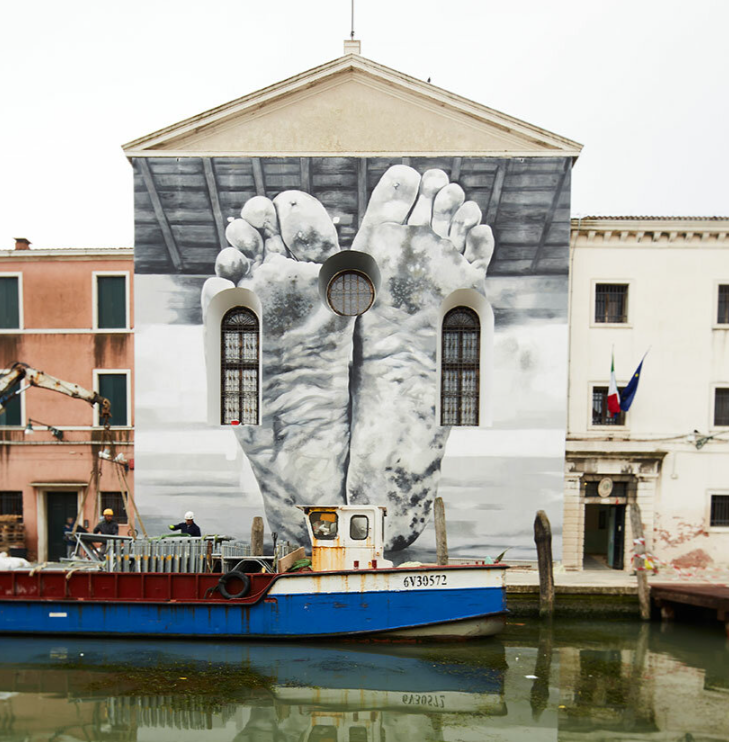
Collateral Events
There are 30 projects selected as a Collateral Event by the Curator of the 60th International Art Exhibition, Adriano Pedrosa. The Exhibition, entitled Stranieri Ovunque – Foreigners Everywhere, is organized by La Biennale di Venezia chaired by Roberto Cicutto.
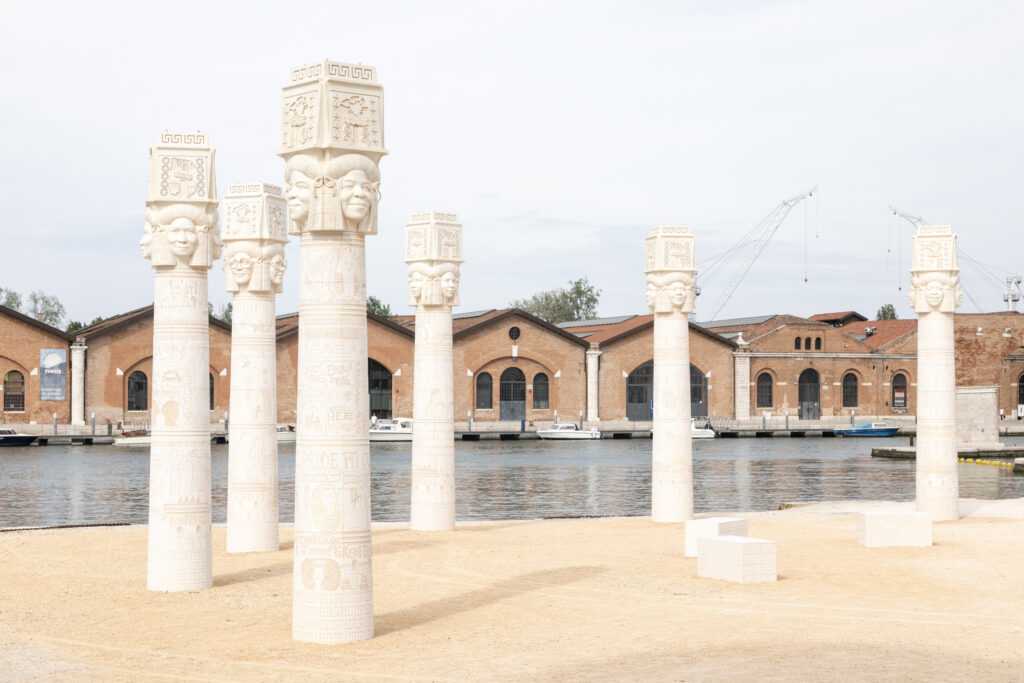
The Collateral Events, promoted by non–profit national and international bodies and institutions, take place in several locations; they offer a wide range of contributions and participations that enrich and enlarge the International Exhibitions of La Biennale di Venezia.
This year edition features projects coming from Bangkok, Barcelona, Berlin, Cincinnati, Cleveland, Düsseldorf, Gangneung-si, Göttingen, Gwangju, Hannover, Hong Kong, Lagos, London, Long Beach, Macao, Madrid, Mumbai, New York, Palestine, Paris, San Juan, Seoul, Taipei, Toronto, Venice, Wakefield, Warsaw, Wonju-Si.

Golden Lions for Lifetime Achievement
The Golden Lions for Lifetime Achievement of Biennale Arte 2024 will be awarded to The Italian-born Brazilian artist Anna Maria Maiolino and the Paris-based Turkish artist Nil Yalter during the Biennale Arte 2024 awards and inauguration ceremony, that will be held on Saturday 20th April, 2024 at Ca’ Giustinian, headquarters of La Biennale di Venezia.

Click for the Venice Biennale 2024 – The Türkiye Pavilion Presents Hollow and Broken: A State of the World

